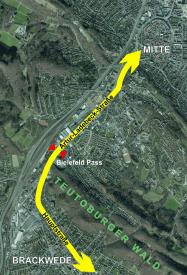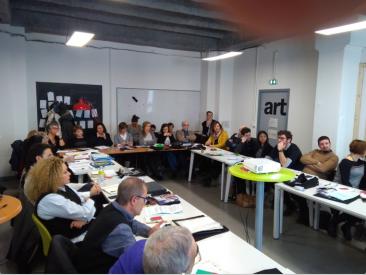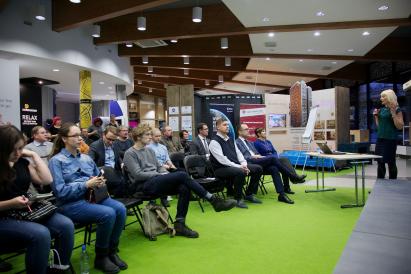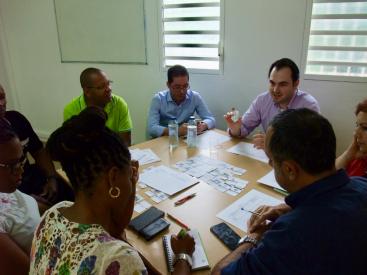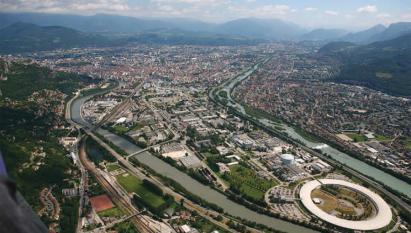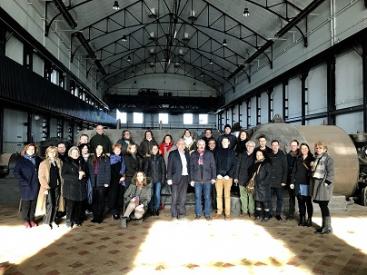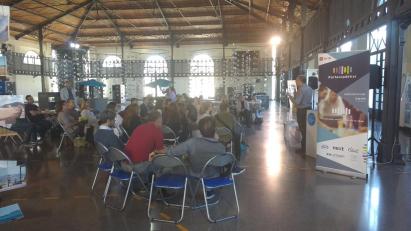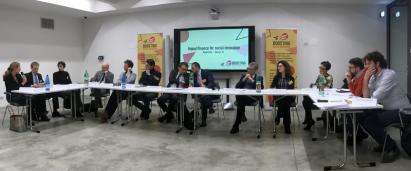"5 Guidelines" - cycling promotion in Bielefeld in general
As a long-time member of the "Working Group for Cycling-Friendly Cities, Districts and Municipalities in North Rhine-Westphalia" (AGFS NRW), cycling promotion is playing an important role in all transport planning in Bielefeld. Nevertheless, there are potentials in cycling that have not yet been fully exploited: after all, almost 50% of all journeys by car are shorter than 5.0 km and therefore actually the ideal cycling distance. An increase in the share of cycle traffic in the total traffic volume, which currently stands at 18%, is thus feasible, but requires a consistent cooperation of planners and decision-makers.
As a basis for this, the city council decided in June 2016 on five guiding principles that were formulated because of the "Bicycle Police Audit" (BYPAD) by the transport policy relevant groups:
- Increasing the share of cycling to 25% by 2025
- Development of a bicycle traffic concept
- Develop and strengthen infrastructure
- Expand service / communication / public relations
- Create work structures

